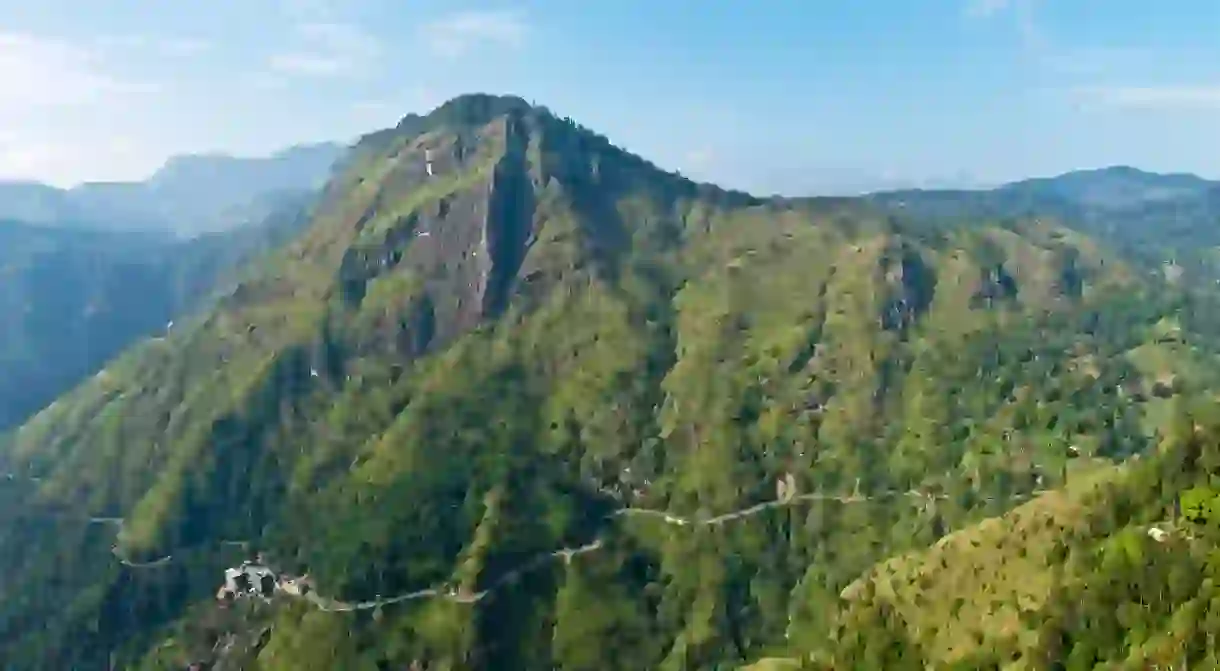Copy of – How to Climb Adam's Peak in Sri Lanka

Looking for an adventure while backpacking through Sri Lanka? Consider climbing the picturesque and historic Adam’s Peak. Read our guide to climbing the mountain, and learn when to go and what to bring.
For more natural beauty, book an exclusive experience with Culture Trip to see the very best of Sri Lanka’s colourful wildlife and spectacular historical landmarks.
What is Adam’s Peak?
Adam’s Peak, also known as Sri Pada (sacred footstep) and Samanala Kanda (butterfly mountain), is a conical mountain standing 2,243m (7,359ft) tall in the central highlands of Sri Lanka. Trekking up the mountain is popular with both tourists and locals, who are allured by its mystery as well as the enchanting beauty they are rewarded with at the top.
The mountain is named for a point near the summit that is sacred to several faiths: it is a place of worship for Buddhists, who believe the Buddha’s footprint is located here; Hindus believe the footprint belongs to Shiva; Christians and Muslims believe it is Adam’s first step after being exiled from the Garden of Eden. The mountain is also known for the spectacular sight of thousands of beautiful butterflies gracing the area annually.

Climbing Adam’s Peak
The hike includes 5,000-6,000 crumbling steps and incline trekking, but technical climbing is not required. Depending on the trail taken, the crowd and the climbers’ fitness level, the mountain can take approximately two to four hours to climb and one to two hours to descend.
When to go
The best time to climb is between January and May when the weather is at its best, but do avoid days nearing the full moon and the week of the Sinhalese New Year (13/14 April) to avoid long queues to the peak. Aim to be at the summit at dawn as the view of the sunrise is known to make hikers quiver in delight.

What to bring
Because it’s not a complex climb, a small backpack with bare necessities – water, snacks, a raincoat– will be enough, and a dry sweater will be useful for waiting for the sunrise once at the top. And don’t forget a camera.
Come prepared for hunger pangs. The only options for food along the way are wadeis (deep-fried local delicacy), rotis and chickpeas – so bring your own food if you adhere to a particular diet.

Layer your clothing and protect your feet
Although the climb up will be hot and sweaty, the atmosphere near the top is chilly. Follow the locals’ example and wear long trousers. Bring your hats, gloves and sweaters for the climb down.
The long, arduous climb up will be difficult without comfortable footwear, so prepare accordingly. Those with knee pain should also remember to bring trekking poles or, at least, find a stick to lean on.














